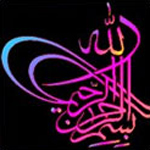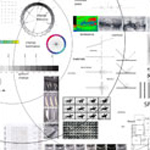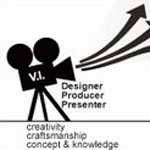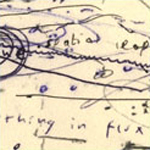Volume II, Issue 4
For the concluding issue of PJIM’s second year we have touched upon four areas relevant to the analysis, the benefit, the practice, and even the enjoyment of information design. The first article investigates Islamic religious symbolism in respect to embedded meanings and expected user response, particularly how symbols have such significance to their targeted users. From here we discuss how contemporary information design practice may be compared to conventions within a particular field—in this case lighting design. Our third article returns to basics: the ever challenging search for a theoretical step-by-step process to successful visualization design. Our final article is a direct challenge to high-tech geospatial mapping; the author presents a highly subjective interpretive mapping of the ocean coast through recording the “voice” of the ocean. Enjoy.
Brian Willison, Publisher, and William Bevington, Editor-in-Chief
Parsons Journal for Information Mapping

Visualization of Islamic Religious Symbolism on the Internet: A Conceptual Blending
by Veronika Tzankova & Thecla Schiphorst, PhD

Drawing Light: a Graphical Investigation of Light, Space and Time in Lighting Design
by Nathalie Rozot, BTS & Antonia Peón-Veiga, MFA

Visual Representation for Viewpoints, Concepts, and Persuasiveness
by Tingyi S. Lin, MFA, PhD

Mapping Ocean Dynamics
by Peter Matthews, MFA

